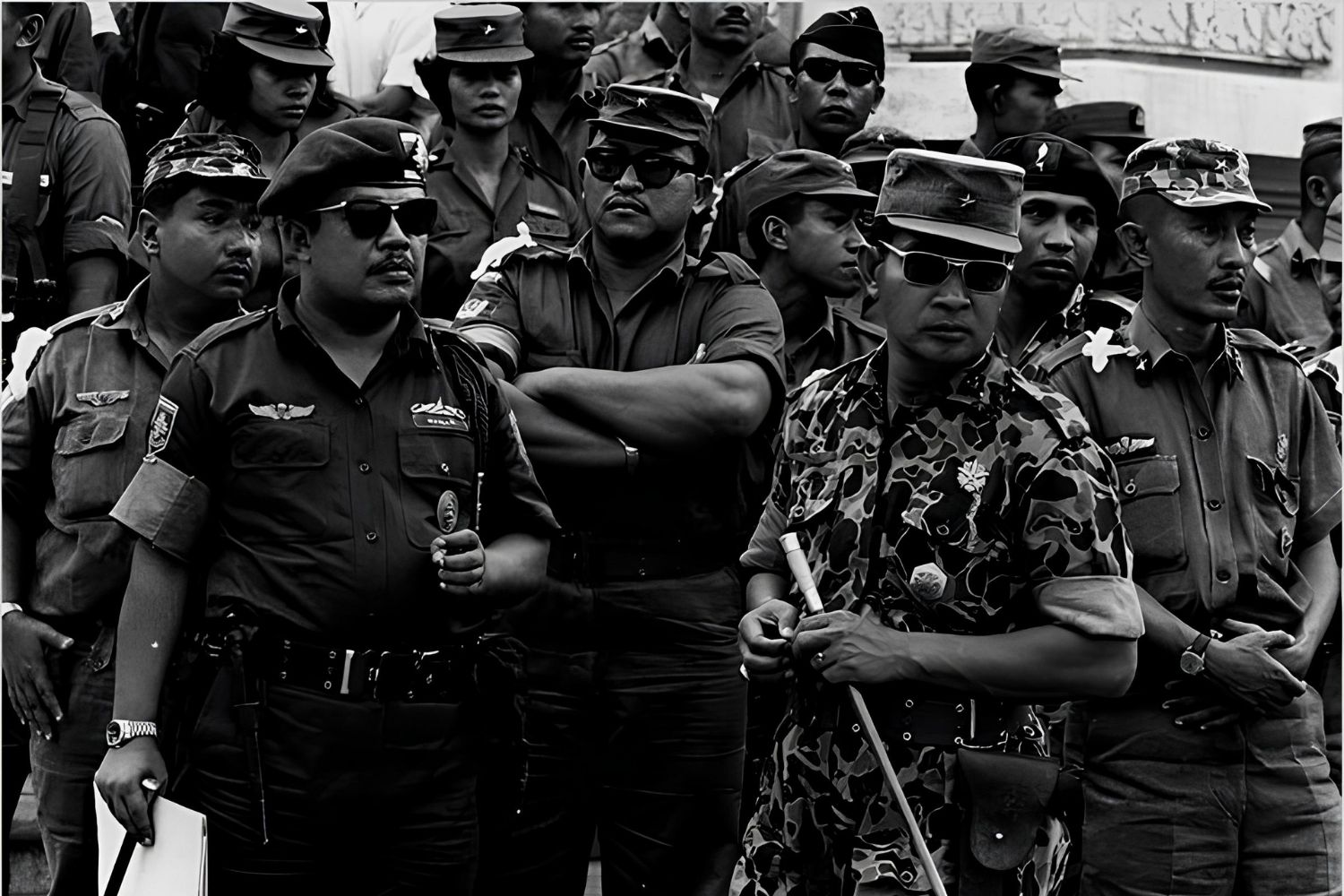
The 30 September Movement remains one of Indonesia's most controversial and debated historical events. Occurring in 1965, this movement led to a failed coup attempt, resulting in the deaths of six high-ranking Indonesian Army generals. The aftermath saw a massive anti-communist purge, with estimates of hundreds of thousands killed. This event significantly altered Indonesia's political landscape, leading to the rise of General Suharto and the fall of President Sukarno. Understanding the 30 September Movement is crucial for grasping the complexities of Indonesia's modern history. Here are 30 facts that shed light on this pivotal moment in Indonesian history.
Key Takeaways:
- The 30 September Movement was a failed coup in Indonesia in 1965, leading to a violent anti-communist purge and the rise of General Suharto as the new leader, shaping the country's direction for decades.
- The movement had international implications, with the US and Western countries supporting Suharto, while the Soviet Union and China condemned the violence, influencing global Cold War dynamics.
The 30 September Movement: An Overview
The 30 September Movement, also known as Gerakan 30 September (G30S), was a significant event in Indonesian history. This movement, which occurred in 1965, had far-reaching consequences for the country. Here are some key facts to understand this pivotal moment.
- The 30 September Movement was an attempted coup in Indonesia.
- It took place on the night of September 30 and the early hours of October 1, 1965.
- The movement was led by a group of Indonesian National Armed Forces members.
- The primary goal was to overthrow the government of President Sukarno.
- Six high-ranking Indonesian Army generals were kidnapped and killed during the coup attempt.
Key Figures and Groups Involved
Understanding the key players in the 30 September Movement helps to grasp the complexity of the event. Various individuals and groups played crucial roles.
- Lieutenant Colonel Untung Syamsuri was one of the main leaders of the movement.
- The Indonesian Communist Party (PKI) was accused of being behind the coup.
- General Suharto emerged as a central figure in quelling the coup.
- President Sukarno was the target of the coup but was not harmed.
- The movement included both military and civilian participants.
The Aftermath of the Coup Attempt
The failure of the 30 September Movement led to significant changes in Indonesia's political landscape. The aftermath was marked by violence and a shift in power.
- General Suharto quickly took control of the situation and suppressed the coup.
- A violent anti-communist purge followed the failed coup.
- Estimates suggest that between 500,000 and 1 million people were killed during the purge.
- The Indonesian Communist Party (PKI) was banned and its members persecuted.
- General Suharto eventually replaced President Sukarno and became the new leader of Indonesia.
Impact on Indonesian Society and Politics
The 30 September Movement had a lasting impact on Indonesian society and politics. It reshaped the country's direction and left a legacy that is still felt today.
- The coup attempt led to the establishment of the New Order regime under Suharto.
- Suharto's regime lasted for over three decades, from 1967 to 1998.
- The New Order regime was characterized by authoritarian rule and economic development.
- The events of 1965-66 remain a sensitive and controversial topic in Indonesia.
- The government tightly controlled the narrative around the 30 September Movement for many years.
International Reactions and Consequences
The 30 September Movement also had international implications. Countries around the world reacted to the events in Indonesia, influencing global politics.
- The United States and other Western countries supported Suharto's anti-communist purge.
- The Soviet Union and China condemned the violence against communists in Indonesia.
- The coup attempt and its aftermath strained Indonesia's relations with communist countries.
- Indonesia's foreign policy shifted towards closer ties with Western nations.
- The events of 1965-66 influenced the global Cold War dynamics.
Cultural and Historical Legacy
The 30 September Movement has left a deep cultural and historical legacy in Indonesia. It has been the subject of various forms of media and continues to be a topic of discussion.
- Numerous books, films, and documentaries have been made about the 30 September Movement.
- The Indonesian government produced a propaganda film, "Pengkhianatan G30S/PKI," to depict the events.
- The film was mandatory viewing for Indonesian students during the New Order regime.
- In recent years, there has been a push for a more balanced and accurate portrayal of the events.
- The 30 September Movement remains a significant part of Indonesia's collective memory and history.
Reflecting on the 30 September Movement
The 30 September Movement remains a significant event in Indonesian history. It marked a turning point, leading to the rise of Suharto and the fall of Sukarno. The movement's impact on Indonesian politics, society, and culture can't be overstated. Understanding these events helps us grasp the complexities of Indonesia's past and its journey towards democracy.
The movement's legacy continues to influence modern Indonesia. It serves as a reminder of the dangers of political instability and the importance of vigilance in safeguarding democratic values. By learning about the 30 September Movement, we gain insight into the resilience of a nation and the enduring quest for justice and truth.
Stay curious, keep exploring history, and remember that every event, no matter how distant, shapes the world we live in today.
Frequently Asked Questions
Was this page helpful?
Our commitment to delivering trustworthy and engaging content is at the heart of what we do. Each fact on our site is contributed by real users like you, bringing a wealth of diverse insights and information. To ensure the highest standards of accuracy and reliability, our dedicated editors meticulously review each submission. This process guarantees that the facts we share are not only fascinating but also credible. Trust in our commitment to quality and authenticity as you explore and learn with us.
